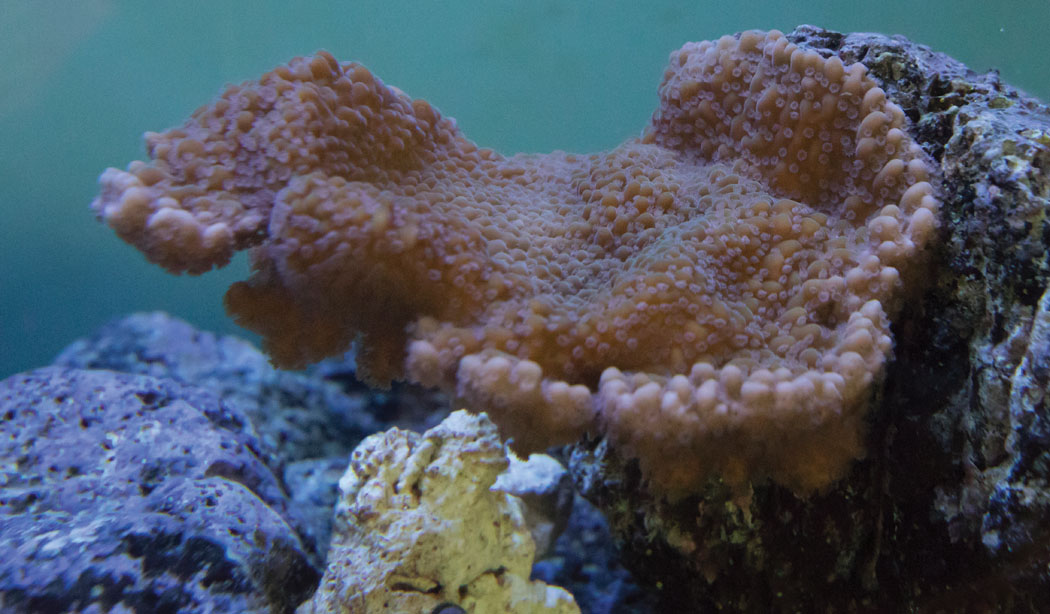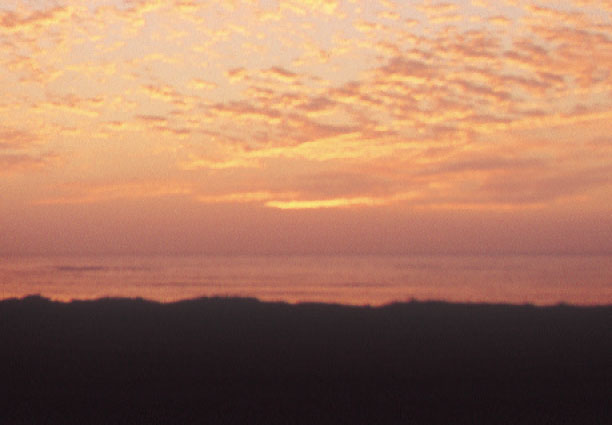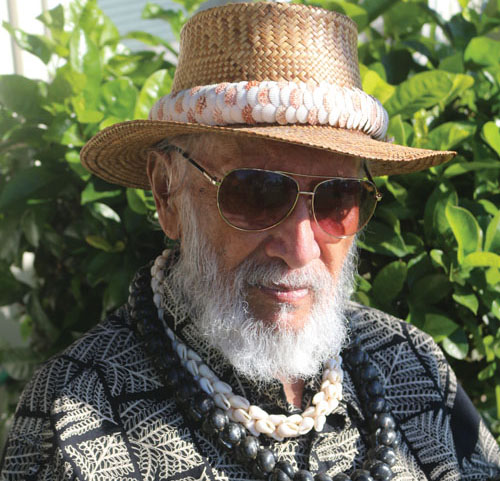
Tūtū Lanakila Manini: A Hula Gem and Hawaiian Music Renaissance Torchbearer
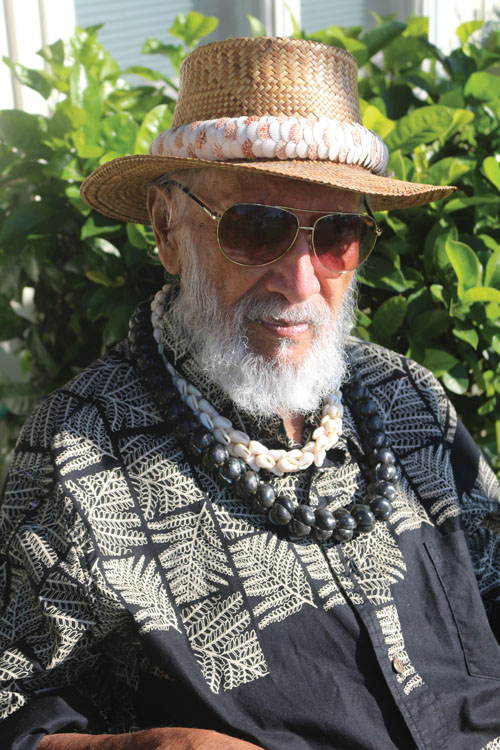
By Lara Hughes
Hose Lanakila Manini, known to many affectionately as Tūtū (grandpa) “Kila” Manini, has been singing and playing Hawaiian music for more than 50 years. Kila, who turns 89 in 2020, got his musical start in 1966 in Honolulu, with his cousin Darrell Lupenui.
“We sang at all the hotels, every hotel you can think of,” Tūtū Kila says in pidgin English, “Aunty Muriel [Lupenui] got me started playing guitar and I didn’t know anything about music or even Hawaiian. I couldn’t read Hawaiian.”
Both of Kila’s parents worked at Pearl Harbor during WWII and he recalls that his grandmother passed away before she could teach him to speak Hawaiian. So, not knowing the language, Kila started reading lips, “When they would sing, I would read their lips. If there was a song, I would play that song five times and I could sing it.”
The practice went with him when he moved to Kona and started playing music at the Merrie Monarch Festival in 1971, under the direction of Aunty Dottie Thompson. That was the same year the first hula competition took place at the Hilo Civic Auditorium and the first Miss Aloha Hula title was awarded to Aloha Wong Dalire. Kila has attended Merrie Monarch every year since then, 49 years this year.
Kumu (teacher) Keala Ching is the executive director of Nā Wai Iwi Ola (NWIO) Foundation, which was founded to perpetuate the Hawaiian culture through hula protocol and ceremony. His hula hālau (group) follows in the footsteps of his predecessor, Kumu Darrell Lupenui, who passed away in 1987. Kumu Keala shares, “As a young man I admired our Hawaiian singers of old. Lanakila Manini was part of a group that sang at the Merrie Monarch as the house band. He also played music for my Kumu Hula Darrell Lupenui, and it was beautiful.” Kila has been a contributing artist in many bands over the years, and his involvement with Hawaiian music and Merrie Monarch has been seen by many as having a major influence on the Hawaiian Renaissance.
Renaissance of the Falsetto
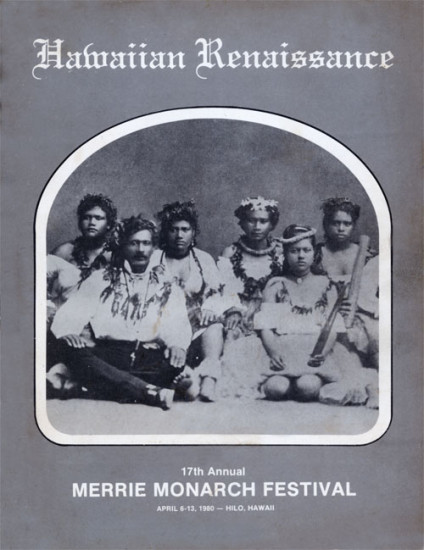
In 1976 Kila played guitar and sang falsetto on an album called Hula Gems with the Aloha Pumehana Serenaders. The Serenaders included Kuulei Clark, Darrell Lupenui, Wendell Silva, and Ainsley Halemanu. The album is now part of the Library of Congress in Washington DC and has been widely considered a hula staple for those who are learning to dance. In fact, Kuulei Clark, the visionary behind the album, designed the album for the “serious hula student.”
One of the songs on the album, “Baby Kalae,” is an old favorite and features Kila singing in Hawaiian falsetto. According to numerous sources, this falsetto style of singing, or as it is known in Hawaiian, leo ki‘eki‘e (high voice), likely evolved from a blend of ancient Hawaiian chanting, missionary hymns, and the music of Mexican, Spanish, and Portuguese immigrants to Hawai‘i. There is conjecture that falsetto may have been a natural and comfortable vocal technique for early Hawaiians, considering that a similar break between registers, called ha‘iha‘i, is used in some traditional chanting styles.
“Today,” Kumu Keala says, “there are many singers that sing falsetto range. Kila, along with others in this group, really empowered our youths and young adults to entertain and share our culture of leo ki‘eki‘e, creating a venue to explore all possibilities of Hawaiian falsetto singing, melodic Hawaiian music, and hula at its finest.”
Making It in the Marines
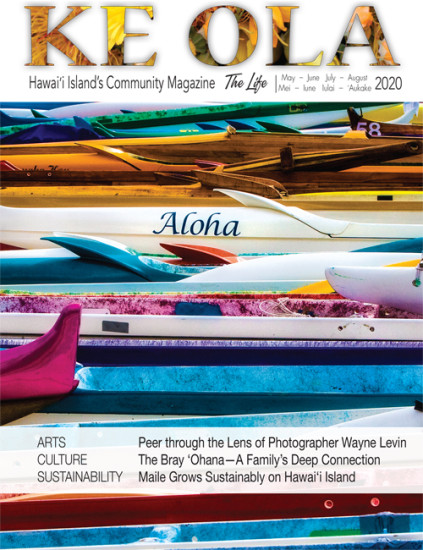
Before becoming a musician with the Merrie Monarch Festival, Kila worked for the State Department and also served for four years in the Marine Corps. “I was in the Korean War,” Kila recalls, “I was a marksman.” He mentions that he lost a lot of friends, “So that was sad.” He also says that there was a lot of comedy in his life, “I didn’t take it seriously, whatever people said.” Kila remembers that there was a sergeant who helped push him through his Marine Corps training, and he had told him that all of the companies had placed bets to see if he would make it. Kila didn’t let it affect him, “I took it through one ear and out the other, and I paid attention.” At his graduation with the Marine Corps, the drill sergeant came and shook Kila’s hand and told him that he thought he wasn’t going to graduate because the training was so hard. Then he thanked Kila since he had helped him win 50 dollars, to which Kila replied, “Well, where’s my 50 dollars?”
Meeting Marilyn and Singing with Bing
While Kila was stationed in Korea in 1953 there was a cease fire and Marilyn Monroe came to visit the troops. He was asked to volunteer to be an MP and make sure that people didn’t run up on stage while she was performing. “Everyone was there,” he recalls, “every division.” Kila remembers that Marilyn came out on stage wearing a spaghetti strap dress and sang “Diamonds are a Girl’s Best Friend.” After the show, she walked backstage and talked to Kila’s captain and one of the generals. “I had bought a poster of her in Hollywood, at the Grauman’s Chinese Theatre for $1.99 and I brought it with me,” Kila says. “When she got through talking to the general, I waved to her and she nodded her head and came over to talk to me.” She asked Kila where he was from and he told her Hawai‘i, “Oh,” said Marilyn, “I was just there.” They had a conversation about her getting married, as Kila had read about her and Joe DiMaggio, and she asked how Kila was liking the Marines. He recalled how beautiful she was, and when he tried to call her ma’am, she insisted he call her Marilyn. Then he asked, “Would you sign my poster?” and Marilyn said, “Yes, of course,” setting off a domino effect, whereby everyone began pulling out their Marilyn Monroe posters. “We all had posters,” he says matter-of-factly, “and she signed them all.”

Marilyn wasn’t the only celebrity that Kila met. Before being discharged, there was a division-wide contest and Kila’s Marine division made a script featuring Carnation Milk where they danced around wearing skivvies. The show was a hit and earned them the win and a trip to NBC Studios in Los Angeles. They toured the studio and while there, Bing Crosby walked in. “He was tall, with big blue eyes, and a deep voice,” Kila recounts, “and he looked at me and he says, ‘Are you the one that’s gonna sing with me?’” Kila was confused and so Bing said, “Me and the Andrews Sisters were going to sing ‘The Wedding Song,’ and we wanted someone to sing in Hawaiian with us.” So Kila walked in and sang Hawaiian falsetto with Bing Crosby through the halls of NBC Studios.
Later, as they were continuing their tour of the studio, they ran into a tall man standing outside the door where Elizabeth Taylor was rehearsing a show called Elephant Walk. Kila asked the man, “How is the weather up there,” then, “how do we get to see Elizabeth Taylor?” He opened the door, and Kila tried to warn him, “We’ll get in trouble,” but the man assured him it was fine. Once inside they saw her. “She came down [from rehearsing] and she was gorgeous, she had violet eyes and I couldn’t believe that.” Kila recalls that she had even heard about him singing with Bing Crosby. Then they met Eva Gardner. She was promoting her movie Barefoot Contessa, and Humphrey Bogart joined her, so they got to sit and listen to Eva talk about her show. Months later, Kila would recognize the same tall man on TV who had been outside the door of Elizabeth Taylor’s studio—it was Howard Hughes.
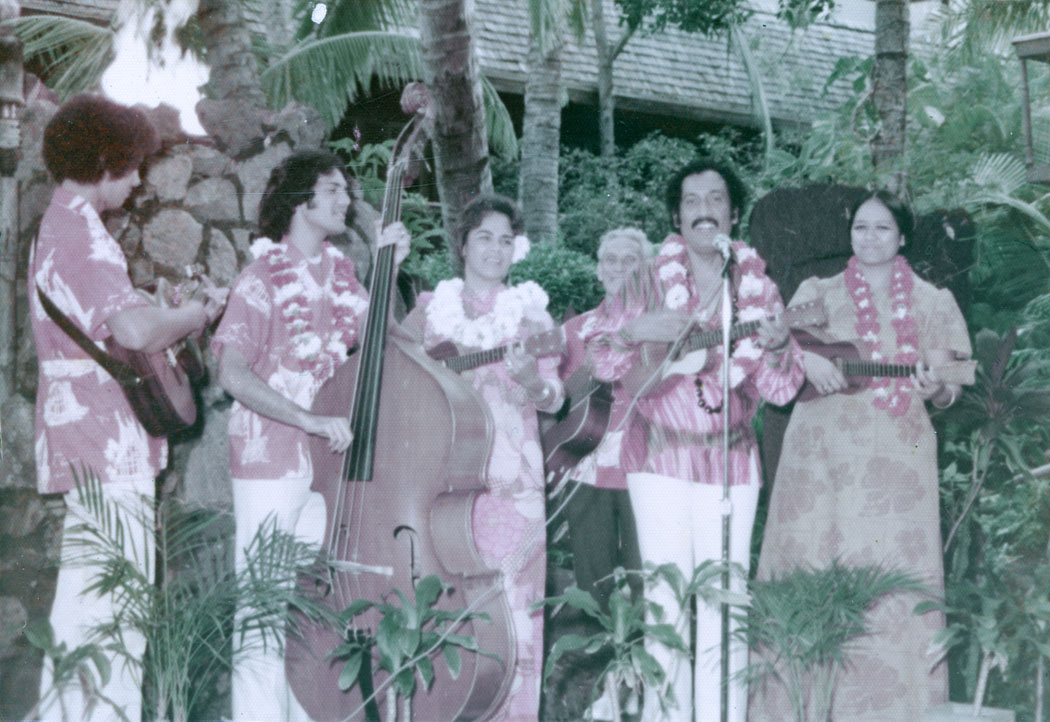
Paving the Way Forward
After a life of challenges, historical influence, and dedication to Hawaiian music, Kila’s impact may be quite evident to those around him. When Kumu Keala was asked what he feels Kila has accomplished, and what his contribution to the community has been, he replied, “Many famous and successful singers today should thank Lanakila for paving the way of traditional Hawaiian music, either at Merrie Monarch or any Hawaiian gatherings.”
When discussing the future, Kumu Keala says, “I hope to see Kila’s music and his love for the stories of the music and the way he has perpetuated this powerful musical connection then and now, carry on into the future generations. Struggle is a challenge when you do not change or make a difference. Struggle is an awesome lesson when you change for the benefit of the future generations.” Truly, Hose Lanakila Manini has lived his life in and for music and his adventures have led him across the world and helped set the stage for Hawaiian music on a local and global scale.
In closing, Kila adds, “I admired all of the women I played music for, Aunty Dottie, and Luana at Merrie Monarch. I also played music for Etua Lopez at Hulihe‘e Palace under Lei Collins and Aunty Fannie. These were wonderful times, and I really was blessed to do so much in my life.” ❖

